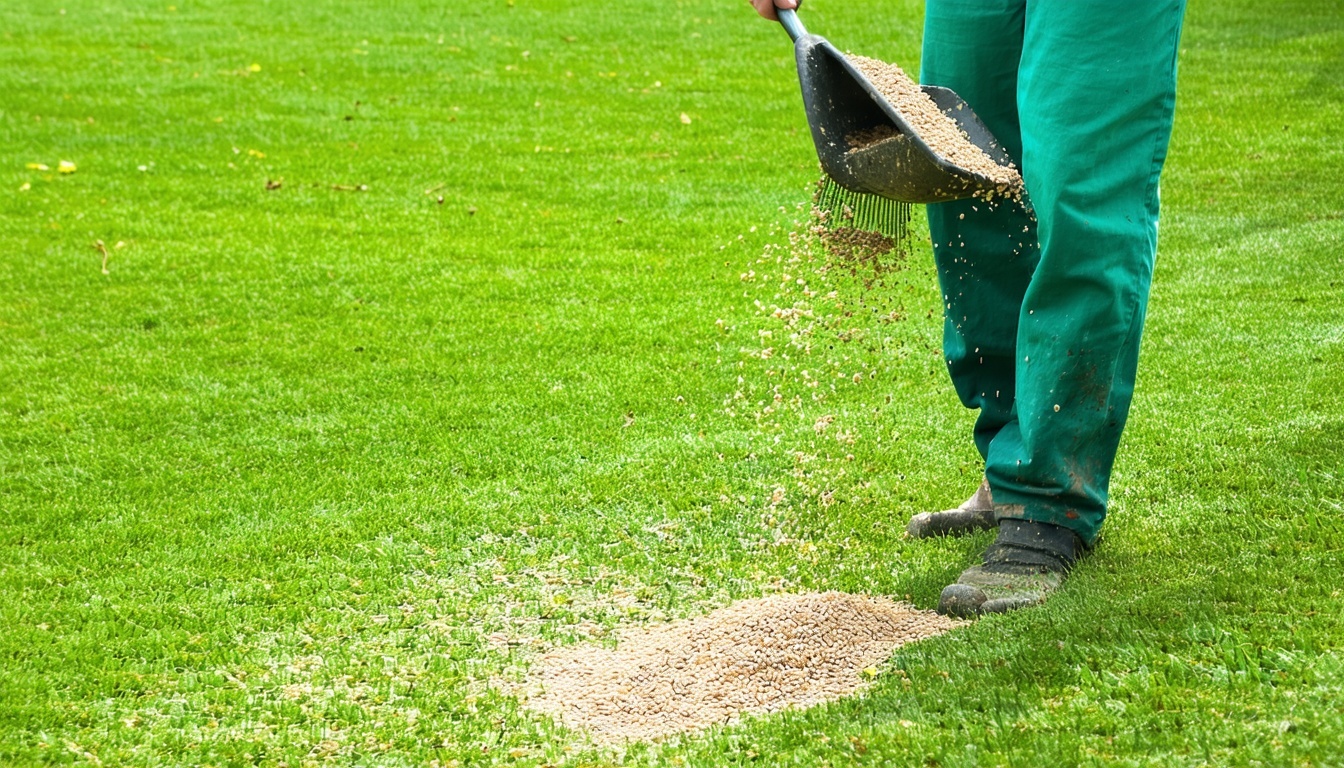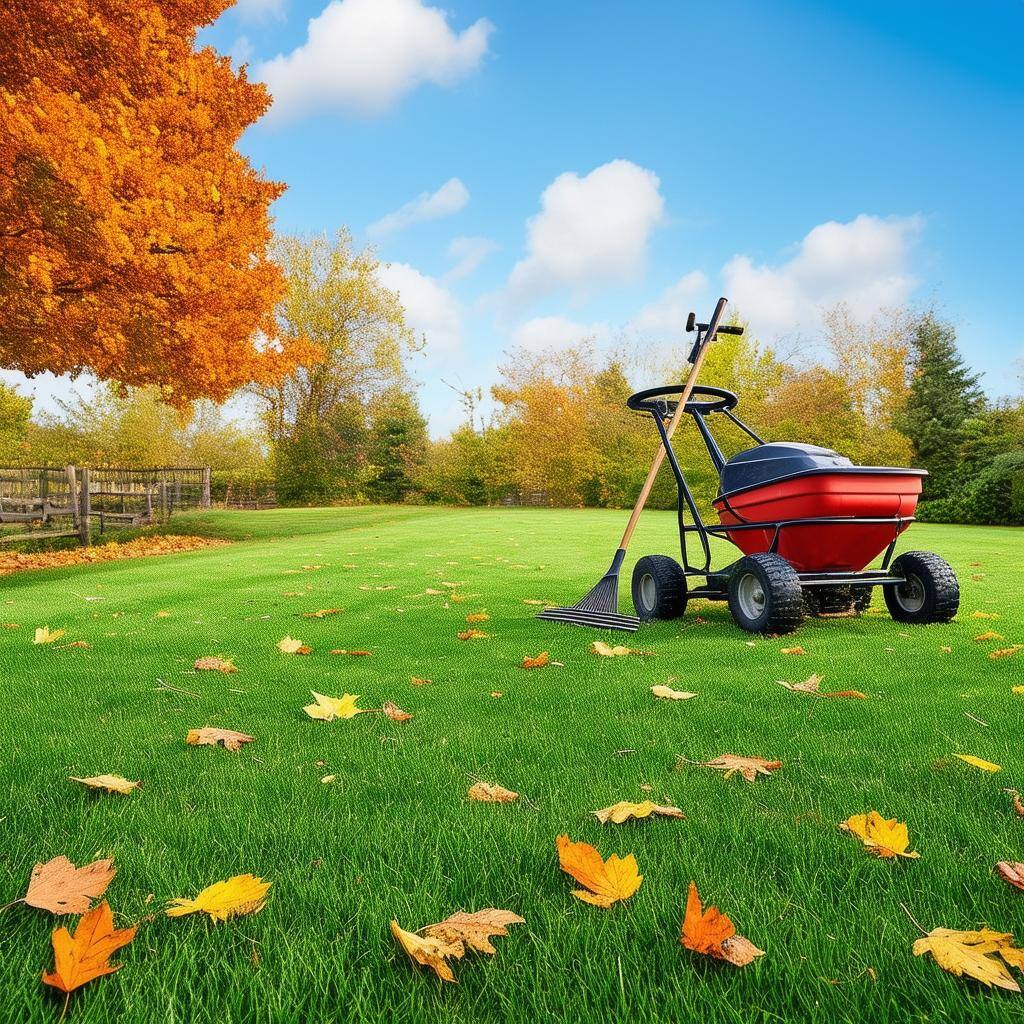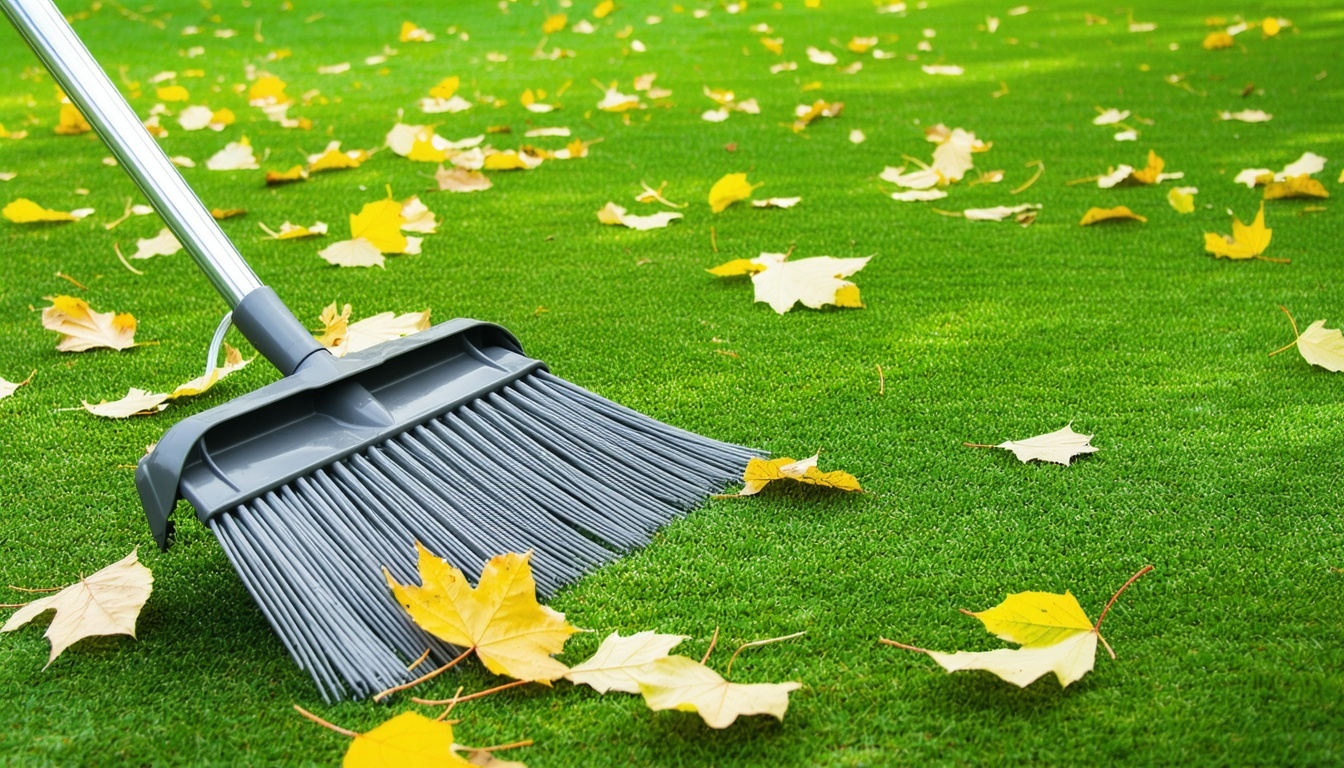
Transform your patchy lawn into a lush green oasis this spring with our comprehensive guide on sowing lawn seed.
Intro - Why Spring is the Perfect Time to Sow Lawn Seed
Spring is an ideal time to sow lawn seed due to the favorable weather conditions. The soil is warming up, which encourages seed germination, and there is usually enough moisture to support the young grass as it establishes. Additionally, the longer days provide ample sunlight, essential for healthy growth.
Sowing lawn seed in spring also means your lawn has the entire growing season to develop a strong root system before facing the stresses of summer heat or winter cold. This head start can lead to a more resilient and lush lawn.
When to Sow
The best time to sow lawn seed in spring is typically between mid-March and mid-May, depending on your local climate. Aim to sow when daytime temperatures consistently reach 60°F (15°C) or higher, as this is when the soil is warm enough to support germination.
Keep an eye on the weather forecast and avoid sowing during periods of heavy rain, which can wash away seeds, or drought, which can hinder germination.
5 Step Guide to Sowing Lawn Seed
1. **Prepare the Soil:** Start by removing any weeds, rocks, or debris from the area. Loosen the top 2-3 inches of soil with a rake or garden fork to create a fine, crumbly texture.
2. **Test and Amend the Soil:** Conduct a soil test to determine its pH and nutrient levels. Amend the soil as needed with lime or sulfur to adjust pH, and add compost or a starter fertilizer to improve fertility.
3. **Sow the Seeds:** Use a broadcast spreader to evenly distribute the seeds over the prepared soil. For best results, sow half the seeds in one direction and the other half perpendicular to the first pass.
4. **Cover and Water:** Lightly rake the soil to cover the seeds with a thin layer of soil. Water the area gently but thoroughly to ensure the seeds make good contact with the soil and begin to germinate.
5. **Maintain Moisture:** Keep the soil consistently moist until the grass is well established. This may mean watering lightly several times a day, especially in dry conditions.
Best Varieties & Why
Choosing the right seed variety is crucial for a successful lawn. Consider your local climate, soil type, and lawn usage when selecting seeds.
Popular varieties for spring sowing include Kentucky Bluegrass, known for its rich color and durability, and Perennial Ryegrass, which germinates quickly and provides excellent coverage. Tall Fescue is another good option for its drought tolerance and adaptability to various soil types.
Best Fertiliser, Soil, Lighting & Growing Conditions
A balanced, slow-release fertilizer is ideal for new lawns, providing essential nutrients without the risk of burning young grass. Look for a fertilizer with a high phosphorus content to support root development.
Well-draining, loamy soil is best for most grass types, but sandy or clay soils can be improved with organic matter. Aim for a soil pH between 6.0 and 7.0.
Most grass varieties require full sun to thrive, but some can tolerate partial shade. Ensure your lawn receives at least six hours of sunlight daily for optimal growth.
Common Issues, Pests & Diseases
Common issues when sowing lawn seed include uneven germination, which can be caused by poor soil preparation or inconsistent watering. Bare patches may need to be reseeded.
Pests such as grubs and insects can damage young grass. Use appropriate pest control methods, such as nematodes or insecticides, to protect your lawn.
Diseases like damping-off and fungal infections can also affect newly sown grass. Ensure good air circulation and avoid overwatering to minimize disease risk.
Notes on Climate and Hardiness Zones
Different grass varieties perform better in specific hardiness zones. For example, cool-season grasses like Kentucky Bluegrass and Fescues thrive in USDA Hardiness Zones 3-7, while warm-season grasses like Bermuda and Zoysia are better suited for Zones 7-10.
Consider your local climate and choose a grass variety that is well-adapted to your region's temperature and precipitation patterns for the best results.
10 Frequently Asked Questions on Sowing Lawn Seed in Spring
1. **How often should I water newly sown lawn seed?** Water lightly and frequently to keep the soil consistently moist until the grass is established.
2. **Can I sow lawn seed over an existing lawn?** Yes, this is called overseeding and can help thicken an existing lawn.
3. **How long does it take for grass seed to germinate?** Germination typically takes 7-21 days, depending on the grass variety and growing conditions.
4. **What is the best temperature for sowing lawn seed?** Daytime temperatures of around 60°F (15°C) or higher are ideal.
5. **Should I fertilize my lawn immediately after sowing?** Yes, using a starter fertilizer can help provide essential nutrients for young grass.
6. **Can I use a roller to compact the soil after sowing?** A light rolling can help ensure good seed-to-soil contact, but avoid excessive compaction.
7. **How do I prevent birds from eating my grass seed?** Covering the area with a thin layer of straw or a bird netting can help deter birds.
8. **Is it necessary to cover the seeds with soil?** Lightly raking the soil to cover the seeds can improve germination rates.
9. **Can I sow lawn seed in shady areas?** Choose shade-tolerant grass varieties for areas with limited sunlight.
10. **How soon can I mow my new lawn?** Wait until the grass reaches about 3 inches in height before mowing for the first time.



